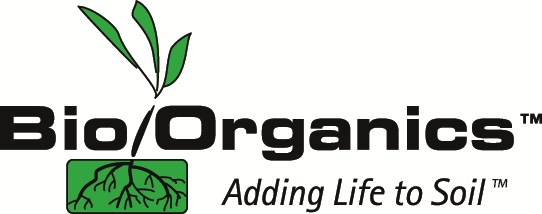News
Biological Ignorance or Status Quo?
As I was first getting involved in this soil microbiology business, I was told about a wealthy Saudi sheik who bought a very large amount of mycorrhizal inoculant from a propagation facility here in the United States. According to the story, the sheik then arranged for the inoculant to be scattered by helicopter over a wide desert area in his country and was terribly disappointed when the desert did not turn green with vegetation. Whether the story is true or apocryphal (as I strongly suspect), that image has remained in my mind. It reminds me of how completely uninformed the...
Mycorrhizae Never Die?
An interested web visitor asks: I have read on numerous occassions that mycorrhizae are very sensitive to soil disturbance. I am therefore curious as to how mycorrhizae survives as an innoculant. How is it gathered and not killed? Does the disturbance of isolating, packaging, shipping etc. mycorrhizae not kill the fungi? Answer: When undisturbed, the mycorrhizal fungi form an interconnected network webbing in the soil that effectively links all the plants in an area to each other. Nutrients are passed back and forth within this network according to the needs of individual plants - a very elegant survival strategy, with...
Garden How-To with Mycorrhizae Instead of Chemicals
Potential users of BioOrganics products often ask how to apply and maintain the mycorrhizae in variousspecific situations. Here’s an answer we provided to a rose grower.Situation:Estate gardens, Washington stateLarge beds of mature roses that have been performing poorly under a chemical routine.Our suggestions:1. Probe some of our BEI powdered inoculant down to the root zone of each rose bush. Using astick or rod, open a small hole about 6-8 inches deep a few inches away from the base of the plant,pour a full teaspoon of the inoculant into the hole, push it down to the roots with the stick or...
Here’s a Fungus That You Want
Let’s face it, “fungus” is a dirty word to fruit growers who immediately picture mold and fungal diseases attacking their plants and fruit. However, there are countless different types of fungi, and the great majority are not harmful. Some have even formed partnerships with plants for mutual benefit. Mycorrhizal fungi attach to plant roots and then colonize the surrounding soil with microscopic rootthreads called hyphae. A plant that is colonized by mycorrhizal fungi can uptake as much as 100 times more nutrients.Over many millions of years, some plants have come to rely on mycorrhizal fungi to the point where they...
